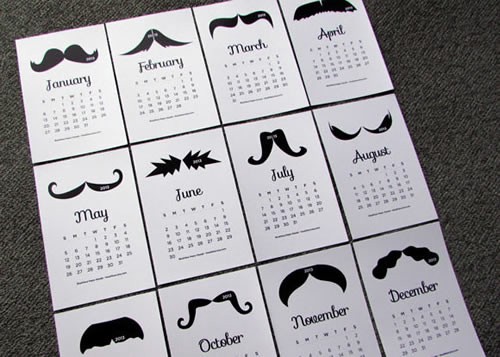How to write smarter, not more.
It’s faster than “writing every day.” And arguably even more productive.
And even though I’m a big believer in writing sprints, this isn’t it either.
What am I talking about?
I first heard about this idea from James Altucher and was unconvinced that it would work…
But it focused my output without even having to write every day.
You may know where I’m going with this…
The tactic to save you time, but also help your writing:
Write down 10 ideas for articles per day.
Simple right, but this is the rub…
It’s harder than it looks.
It’s harder than it looks because you must come up with the ideas. You’ll keep flying until five or 6. Especially if you do it each day, or at least 5x per week.
And perhaps you only need to do it for a few days in a row to have a full bank of ideas, however…
The hard truth is that each idea will not be a good idea.
Some of them will be terrible. Downright awful. And you use this to your advantage. Because you won’t spend as much time writing about the bad ideas.
Just because you have an idea for a Medium article, that doesn’t…
Mean you should write about it. This process helps you decide faster.
So instead of…
- Coming up with an idea
- Doing research on it
- And then being frustrated with how little you care about the idea…
You’ll make a faster decision about whether the idea is good or not.
You write down the idea, then move on to the next idea. You can then choose from many ideas about what to pursue and what to write about.
This saves you time and lessens your frustration. This automatically makes you a better, faster, and more efficient writer because you’re not wasting time on bad ideas.
If you come up with enough *good* ideas, you will probably be more motivated to write.
The more ideas you generate, the better you’ll be at choosing, the better you will be at writing points and thoughts about that idea.
10 Idea Writing Process
- Write down 10 potential ideas for a Medium article
- Don’t stop until you hit 10, even if #1 or #2 is a good one. You can come back to them
- Once you hit 10, start ranking your ideas for what excites you most that day
- Take notes, make an outline, and begin fleshing out your next Medium article
- Finish this article (even if it takes you more than a day or 2)
- Once you’re ready to begin your next article, revisit the Idea List
- Keep those ideas, but write down 10 more article ideas. Pick one from the list (you now have more than 20!)
- Repeat the writing process
Your time is now focused on finding the right idea, not just any idea — this will speed up your writing process and you’ll be more excited about the content you’re creating.
It’s faster than “writing every day.” And arguably even more productive.
And even though I’m a big believer in writing sprints, this isn’t it either.
What am I talking about?
I first heard about this idea from James Altucher and was unconvinced that it would work…
But it focused my output without even having to write every day.
You may know where I’m going with this…
The tactic to save you time, but also help your writing:
Write down 10 ideas for Medium articles per day.
Simple right, but this is the rub…
It’s harder than it looks.
It’s harder than it looks because you must come up with the ideas. You’ll keep flying until five or 6. Especially if you do it each day, or at least 5x per week.
And perhaps you only need to do it for a few days in a row to have a full bank of ideas, however…
The hard truth is that each idea will not be a good idea.
Some of them will be terrible. Downright awful. And you use this to your advantage. Because you won’t spend as much time writing about the bad ideas.
Just because you have an idea for a Medium article, that doesn’t…
Mean you should write about it. This process helps you decide faster.
So instead of…
- Coming up with an idea
- Doing research on it
- And then being frustrated with how little you care about the idea…
You’ll make a faster decision about whether the idea is good or not.
You write down the idea, then move on to the next idea. You can then choose from many ideas about what to pursue and what to write about.
This saves you time and lessens your frustration. This automatically makes you a better, faster, and more efficient writer because you’re not wasting time on bad ideas.
If you come up with enough *good* ideas, you will probably be more motivated to write.
The more ideas you generate, the better you’ll be at choosing, the better you will be at writing points and thoughts about that idea.
10 Idea Writing Process
- Write down 10 potential ideas for an article
- Don’t stop until you hit 10, even if #1 or #2 is a good one. You can come back to them
- Once you hit 10, start ranking your ideas for what excites you most that day
- Take notes, make an outline, and begin fleshing out your next Medium article
- Finish this article (even if it takes you more than a day or 2)
- Once you’re ready to begin your next article, revisit the Idea List
- Keep those ideas, but write down 10 more article ideas. Pick one from the list (you now have more than 20!)
- Repeat the writing process
Your time is now focused on finding the right idea, not just any idea — this will speed up your writing process and you’ll be more excited about the content you’re creating.



